Diamond Basics
The ultimate step-by-step diamond guide to mark your special moment
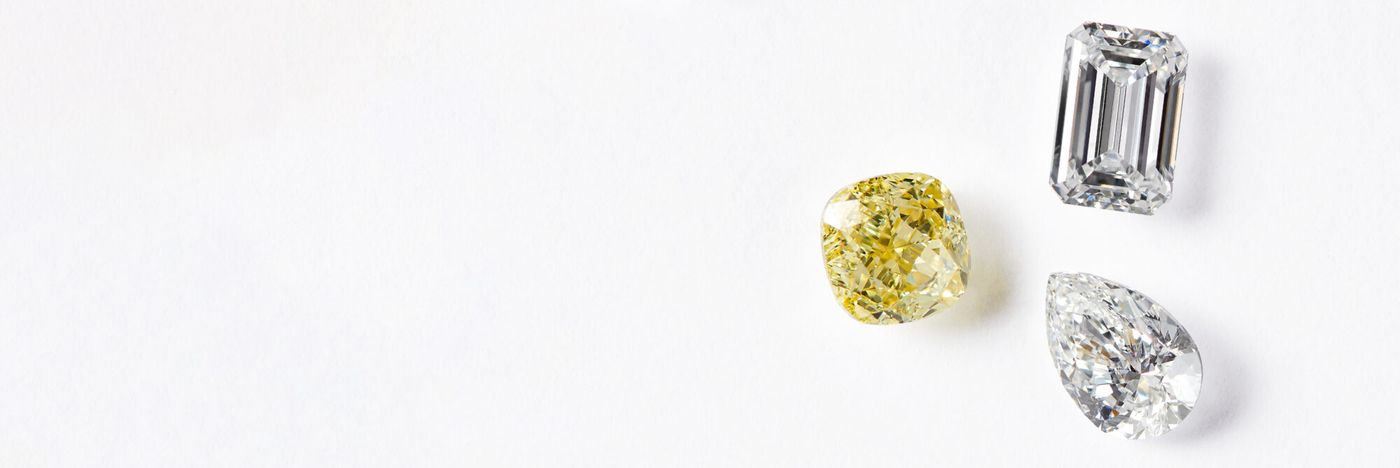
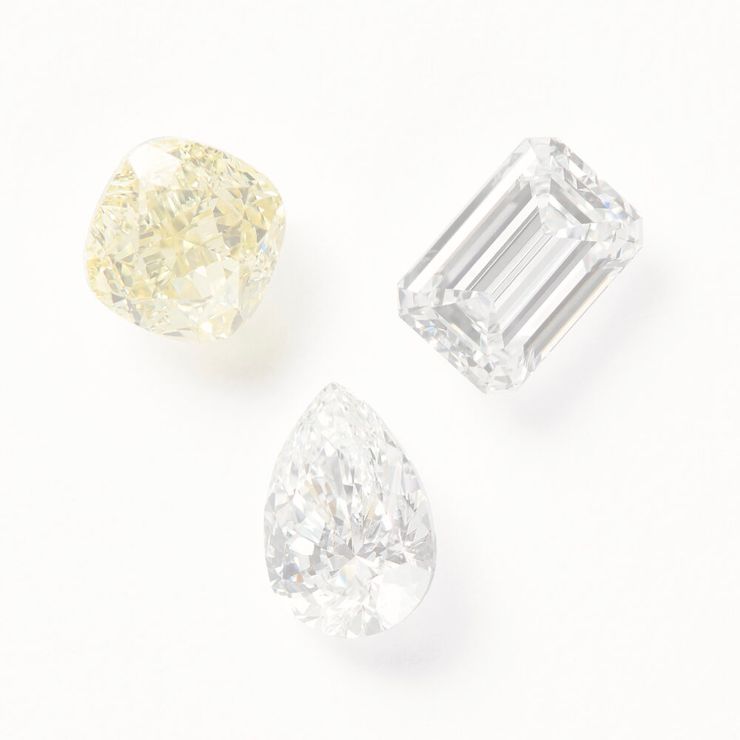
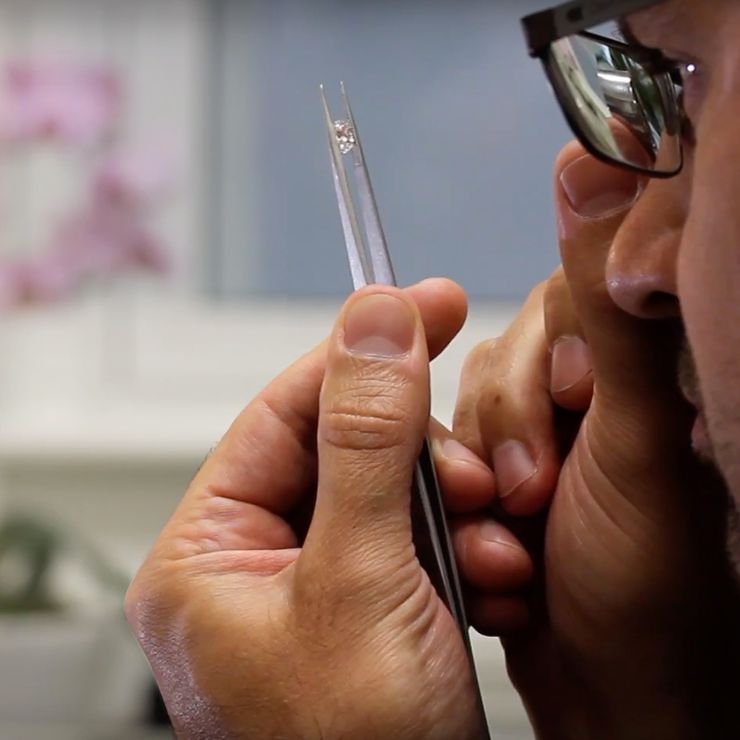
The ultimate step-by-step diamond guide to mark your special moment
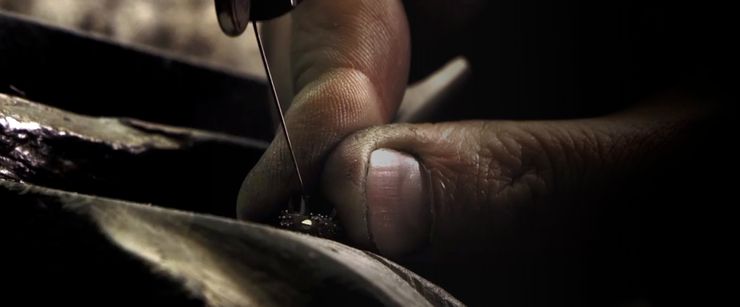
An insight into our supply chain and how it will inform your decision to shop with us and how to better understand nature’s most precious creation.
Schedule an appointment to meet us
Covent Garden
Accessibility: Wheelchair access
Visit our London showroom for a consultation with one of our expert design consultants.
Colour grade is important to consider when choosing a white diamond.
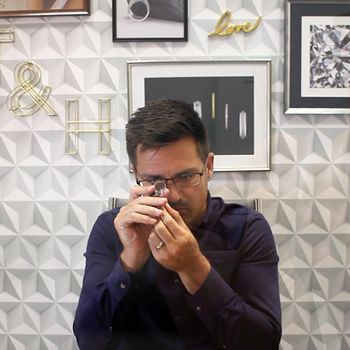
Clarity is greatly influential on a diamond’s overall look
When choosing a round diamond, it’s important to choose a cut that will emphasise the diamond’s beauty.
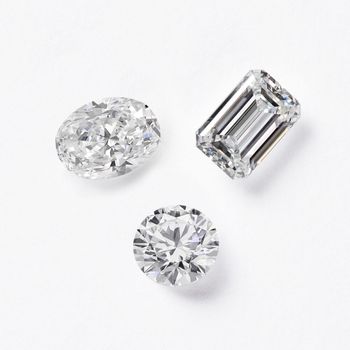
Carat refers to the weight of a diamond, not its size and sometimes bigger isn’t always better.
A diamond is a solid form made of the element carbon, with its atoms arranged in a crystal structure. Diamonds have a long and intense journey before they’re used for jewellery. They are formed under high temperature and pressure conditions around 100 miles beneath the earth’s surface. Made from a single element, carbon, the unique crystal structure of diamonds make their appearance so extraordinary.
Eventually, a rough diamond is ejected towards the earth’s surface ready to be unearthed by miners and enters the diamond market to be cleaved, cut, and polished to its perfect state ready to be sold.

Colour, clarity, cut and carat weight, known as the 4 Cs, is the universal diamond grading method for assessing the quality of diamonds worldwide. This classification scale was created by the Gemological Institute of America which ensures a standardised scale across the diamond industry when comparing stones.
Diamond colour determines the level of colour present in the diamond, or in fact, the absence of colour in a diamond. Grades D-F are colourless and icy white and carry the highest price point. Grades G-J are nearly colourless, which means that the diamonds will exhibit an indistinguishable tint of yellow or brown.
The colour grade system goes all the way to Z, however for the bright appearance synonymous with diamonds, we recommend colours J and above.
When they’re forming deep in the earth, diamonds develop natural birthmarks on their surface and internally. These are often referred to as clarity characteristics of inclusions–slight irregularities that are visible under 10x magnification.
Depending on the size, number, placement or colour of these characteristics, they may or may not be visible to the naked eye. 99% of diamonds are not graded as flawless and most diamond experts value these inclusions as a mark of character, much like the veining present in marble, or a grain pattern features in a piece of wood furniture.
A diamond’s cut refers to the balance of proportions achieved by a diamond cutter–how the facets of the diamond interact with the light. A cut grade is given only to a round diamond since it’s the most sought-after diamond shape.
Historically, diamonds were weighed using carobs, beans with seeds inside them, which were identical in size. This was ideal for traders to use when weighing gemstones and it’s likely that today’s term carat derived from ‘carob’.
Carat is often confused with the size of a diamond, but it’s actually a unit that measures weight. One carat is equal to 0.2 grams. Larger diamonds are more rare, so the heavier the diamond, the higher the price. Choosing the right diamond isn’t just based on one factor but a combination of all 4 Cs. When choosing a diamond, focus on the quality that’s most important to you, then work to balance the remaining three.
We’re often asked questions like “what does a one carat diamond look like?” or “which diamond shape looks biggest?” Now you can play around for yourself…
Diamonds are cut into a variety of shapes–from the soft curves of an oval cut to the angular points of a princess cut, there are diamond shapes to suit all tastes and engagement ring designs.
Shapes like round, cushion and oval offer soft curves. For a geometric, contemporary aesthetic, shapes like emerald or asscher make a great choice. For lovers of all things antique, vintage diamond cuts like Old European or rose cuts offer a more subtle light return.
Each shape has its own beauty–it’s simply up to you to decide which one is your favourite.
It’s worth noting that if you’re looking to keep to a budget, diamonds of the same carat weight, but of different shape will be priced differently. Elongated diamond shapes like the marquise, oval and pear cut can appear larger in appearance, despite being the same carat weight. Choosing one of these elongated fancy shapes will offer better value than choosing a much sought-after round diamond.
We understand the importance of our customers feeling confident in our materials, supply chain, ethical policies and practices. That’s why we’re committed to being as transparent as we can be when it comes to our diamond sourcing processes to ensure you feel confident you’ve purchased an ethical engagement ring.
Firstly, we only source diamonds from countries who participate in the Kimberley Process Certification Scheme. Since 2003, the scheme has successfully reduced the trade of conflict diamonds to less than 1% in the global industry. However, it isn’t perfect, and it does have its loopholes as it lacks the technology to reliably trace diamonds.
In response to these challenges, we offer options like CanadaMark diamonds and Diamond Time Lapse diamonds that allow suppliers to fully trace their diamonds from source. We share as much as we can on where our diamonds come from, as well as what the diamond trade and supply chain looks like, and we always endeavour to answer questions. After all, knowledge is power.
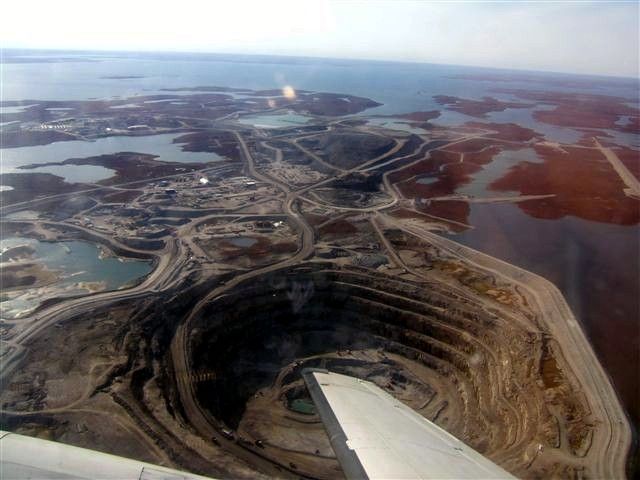
Earth-grown mined diamonds and lab-grown diamonds both have their advantages and disadvantages. We believe the best way to approach this topic is through research and complete transparency to leave you to make the right decision, equipped with sufficient knowledge on both.
Lab-grown diamond jewellery are fast-becoming a trend, with increased interests in sustainability as well as a desire for larger, more impactful stones. Lab-grown or man-made diamonds are made in labs that either replicate the high pressure and temperature found in the earth’s mantle where mined diamonds are formed, or they use superheated gas to grow the diamond. They’re sometimes referred to as cultured diamonds, engineered diamonds, man-made diamonds or synthetic diamonds.
Synthetic or cultured diamonds shouldn’t be confused with diamond simulants, like moissanite or cubic zirconia. A synthetic diamond carries an identical crystal structure and aesthetic to that of an earth-grown, mined diamond, while simulants are stones that are not chemically identical to an earth-grown diamond, but do result in a similar appearance.
Sometimes mined diamonds are referred to as ‘natural diamonds’ which is incorrect, as lab-grown diamonds carry an identical crystal structure as a mined diamond–they’re both as natural as one another.
However, while both mined diamonds and lab-grown diamonds are made from carbon, just like flat-pack plywood furniture, there simply isn’t as much emotional and financial value in something made in a lab or factory, as there is in its rare and traditionally sourced and produced counterpart. While they’re made of the same thing, a man-made diamond doesn’t hold that same level of romanticism as a diamond formed over millions of years, in the heart of the earth.
Negative media rarely mentions this, but the diamond mining industry is actually a source for good in most countries that make up the supply chain. Take a look at our ethical engagement rings page to read more about how the a diamond mine can support countless communities, who depend on the trade to earn a living.
In summary, lab-grown diamonds are a superb alternative to their mined counterparts, offering an identical aesthetic and inherent structure. Both earth-mined diamonds and lab-grown diamonds have convoluted narratives around them, and we believe it’s best for the customer to be aware of the misconceptions surrounding both, in order to make a well-informed decision. As always, it’s up to the individual to discover the best option for their diamond jewellery.
Coloured diamonds are known in the jewellery trade as “fancy diamonds”. Available in an array of colours, tones and saturations, coloured diamonds are far more rare than their white counterparts.
Unlike white diamonds and their digital GIA reports, it’s recommended to view a video of a coloured diamond before you choose so you can see how it looks while it moves because colours and their saturation can vary so greatly. Coloured diamonds tend to rely on a more intuitive response, rather than a technical diamond grading report–some say the diamond calls to you.